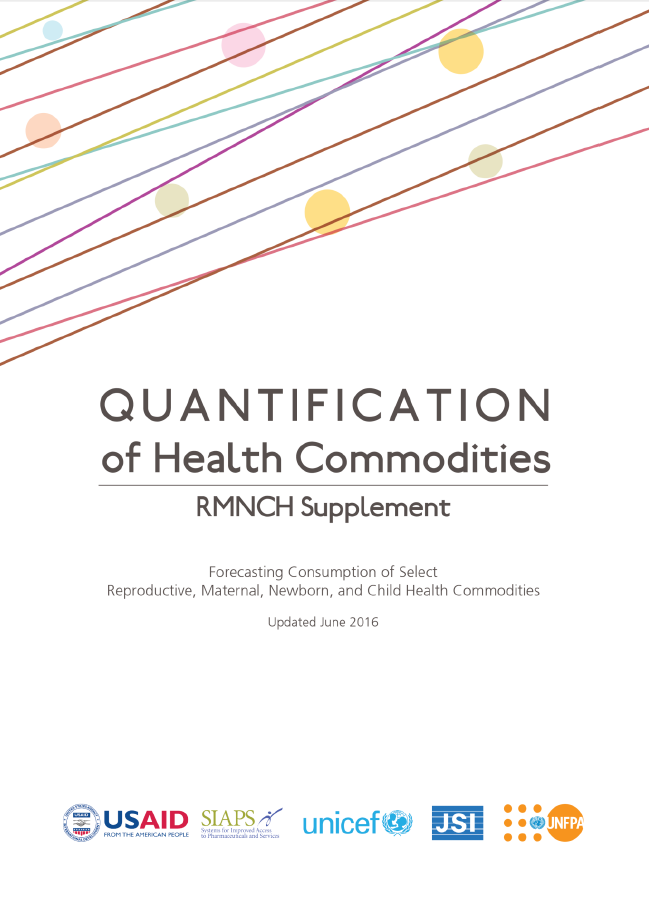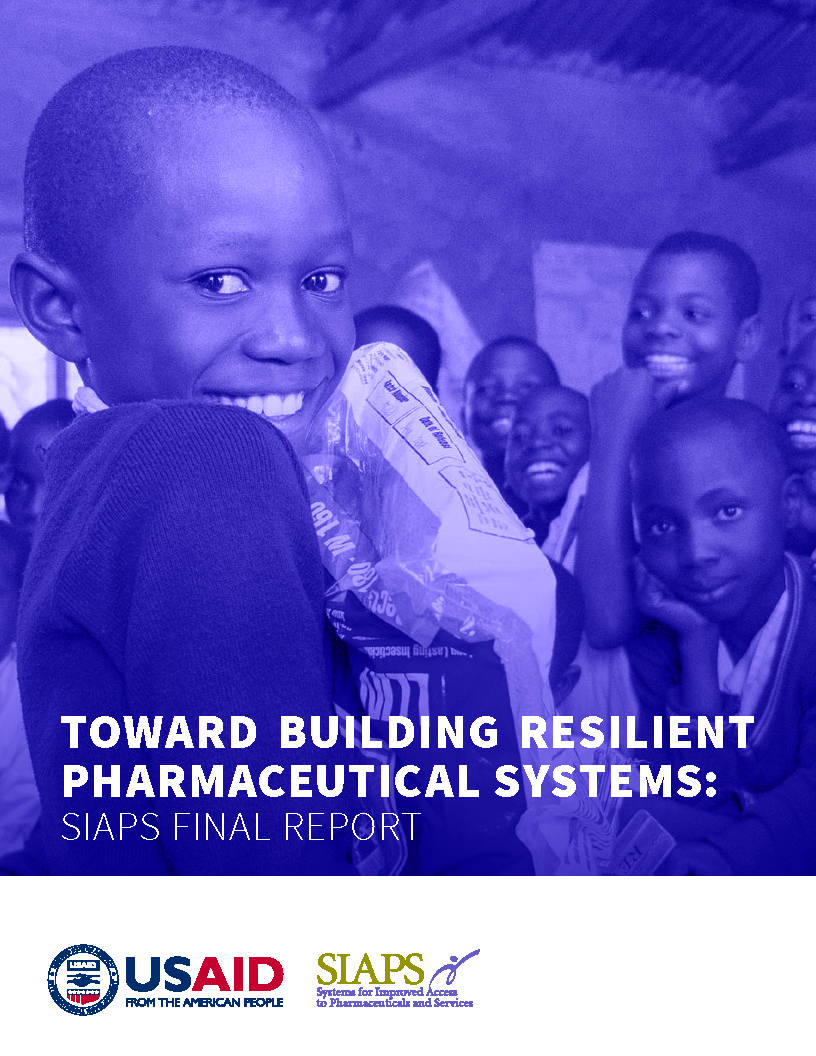
This guide will assist program managers, service providers, and technical experts when conducting a quantification of commodity needs for the 13 reproductive, maternal, newborn, and child health commodities prioritized by the UN Commission on Life-Saving Commodities for Women and Children.
These 13 commodities have diverse characteristics: some are new products that are in the process of being introduced at scale and some are products that have been in use for many years but are under-used or not available when needed or in the recommended formulation. However, one commonality shared by all is the need to increase access to these commodities among the women and children who need or want them. A major component of access is availability and to ensure availability, accurate estimates of supply requirements are needed. At the global level, this information can inform both donors’ plans for procurement and manufacturers’ plans for production. At the national level, this information is also essential for budgeting, resource mobilization, and planning for procurement and supply chain operations.
Currently, accurate estimates of need are unavailable for many of the 13 commodities at either the global or national levels. Therefore, many of the Commission’s work plans have included activities related to collecting this information through market sizing or quantification exercises. The Commission’s 2012 report also notes that improved quantification efforts are needed as part of supply chain improvement. This guide provides practical guidance on estimating the quantities of supplies needed by programs as part of a national quantification exercise. While this guidance was developed primarily for public sector and NGO programs, the methodology presented could also be relevant for forecasting commodity needs for the private sector.
This is the updated version of the guide, published in January 2016. The original was published in 2014.


